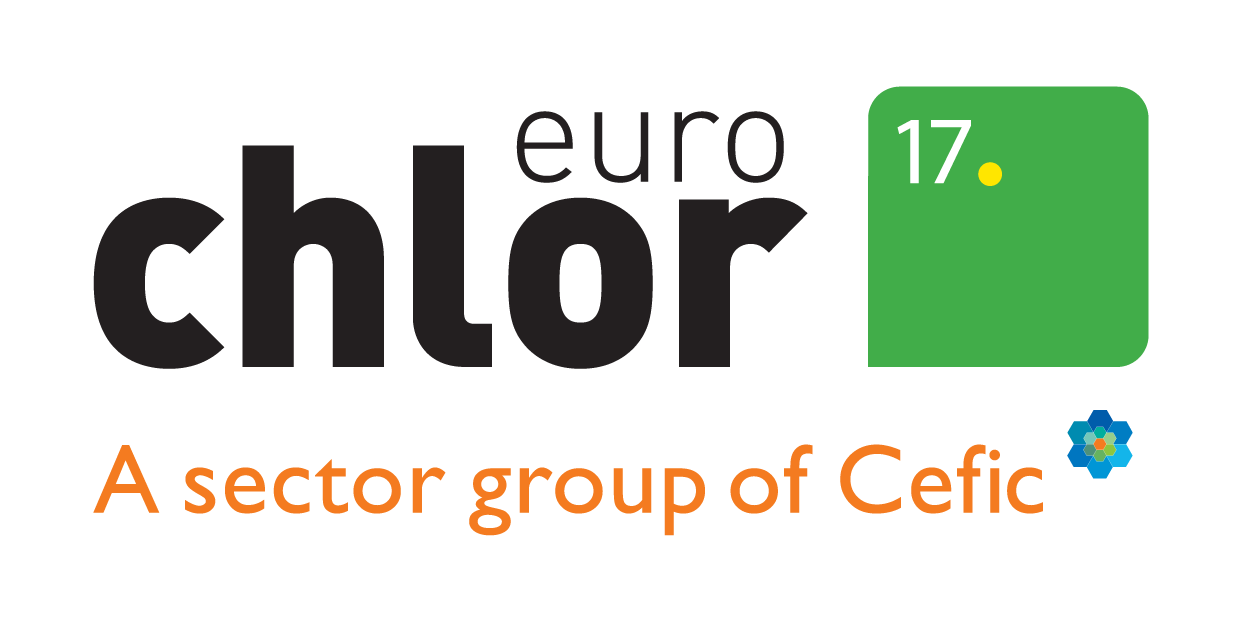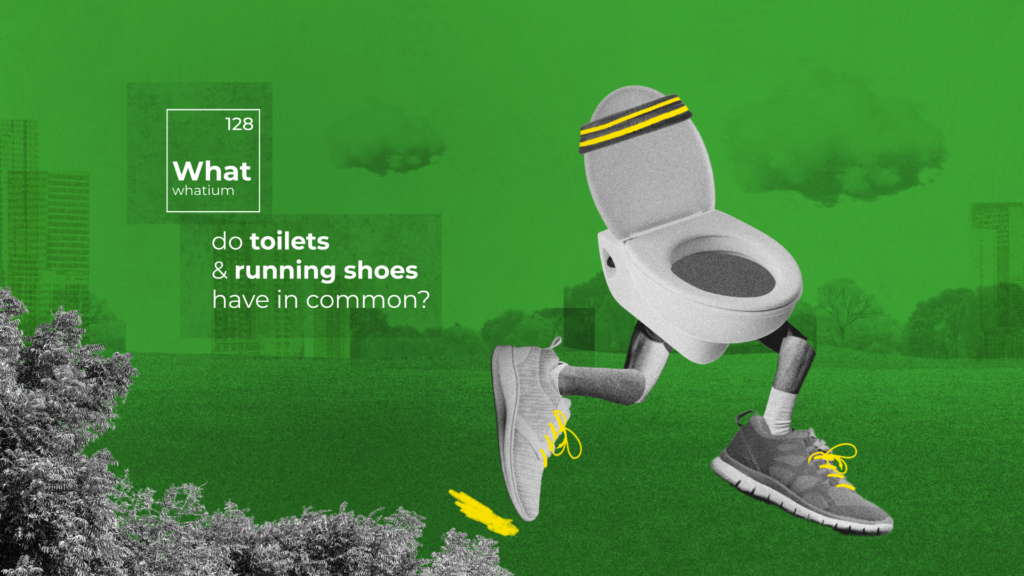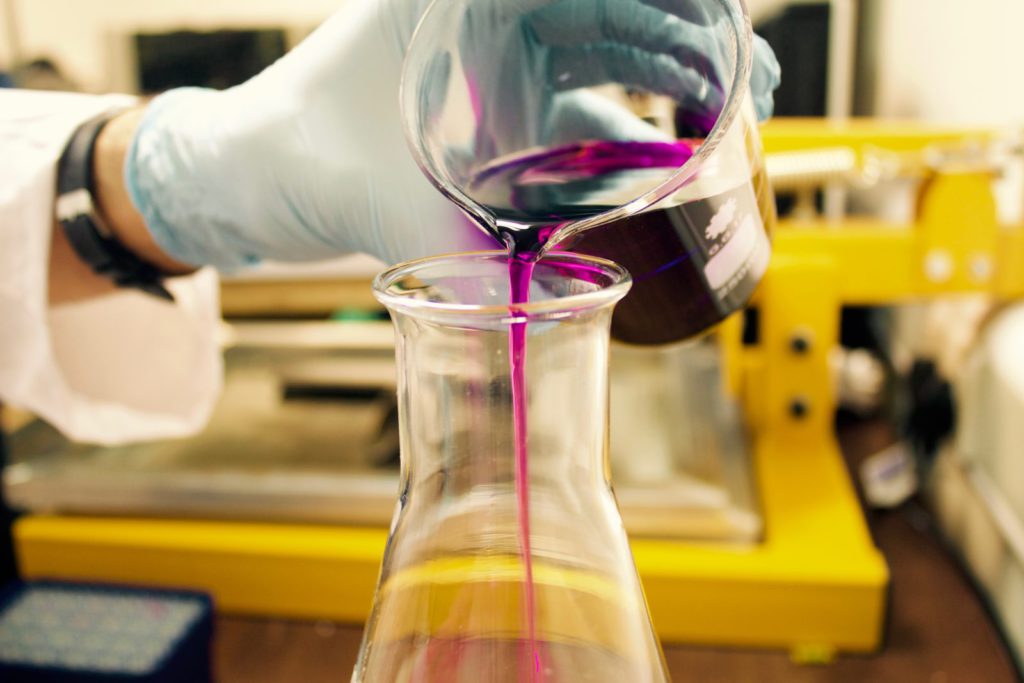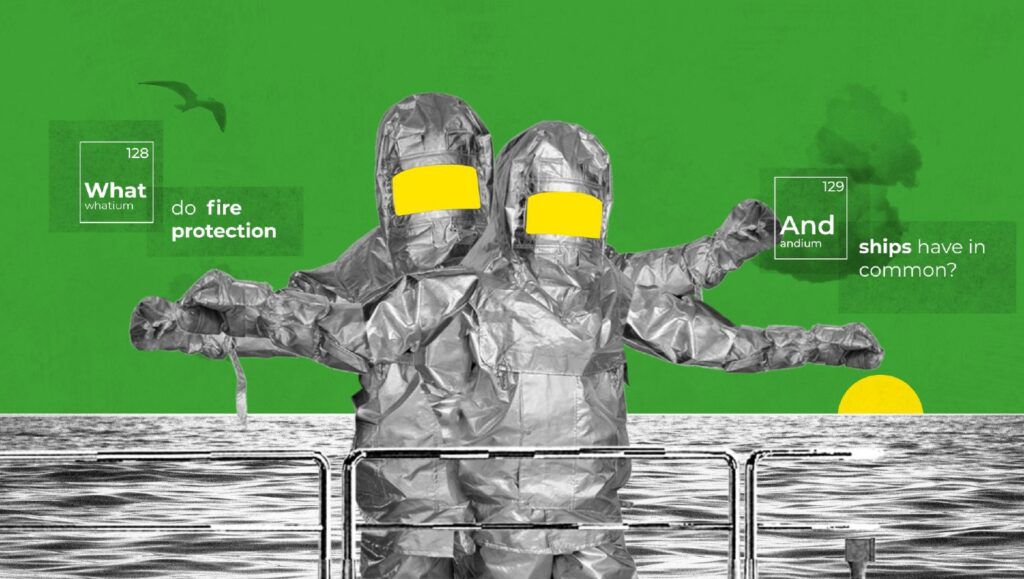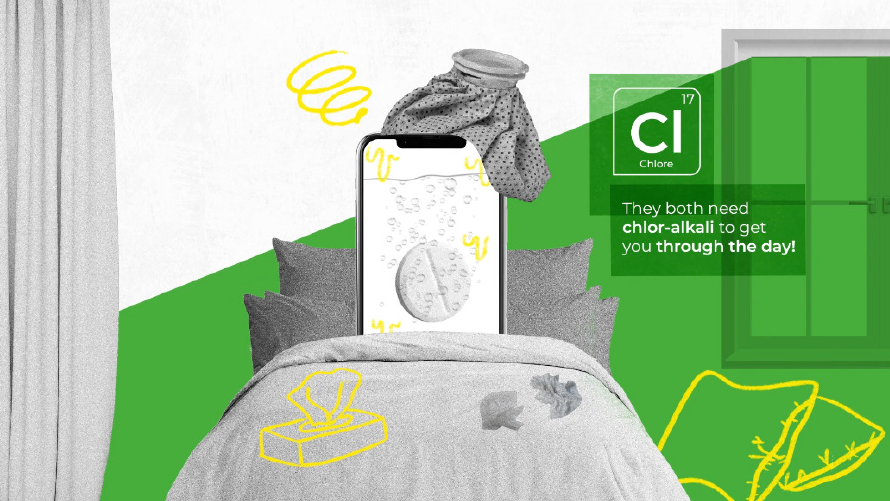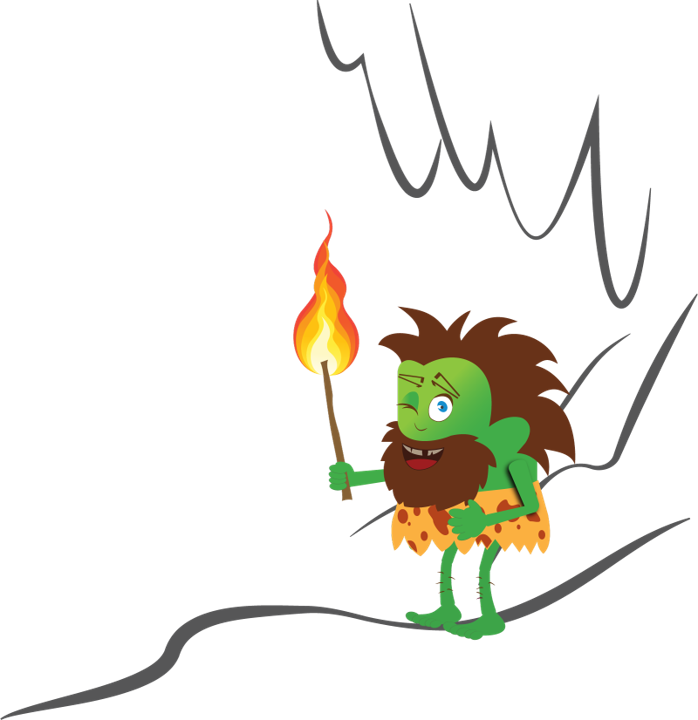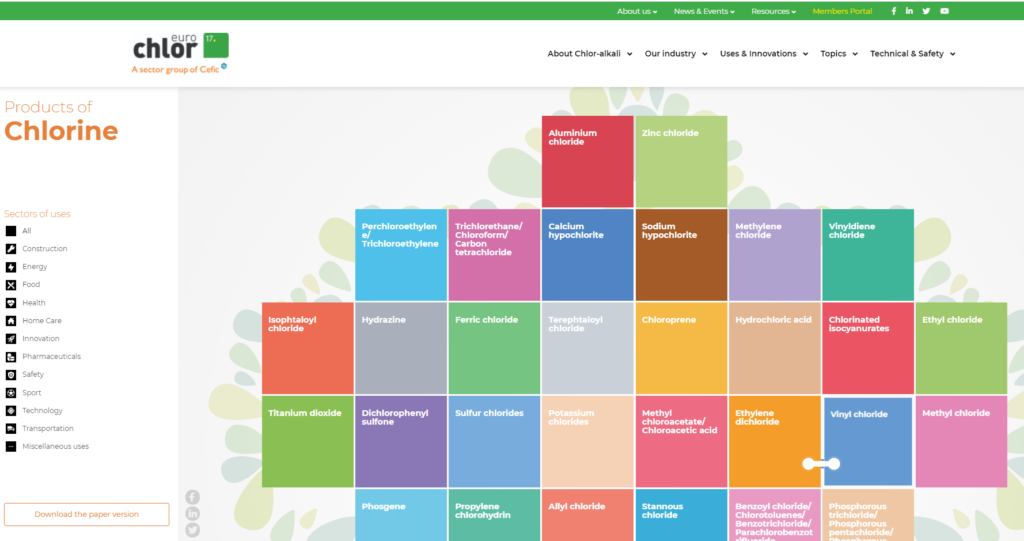What is chlorine?
Chlorine (Cl) is one of 94 natural
elements found on our planet.
Chlorine is the 11th most abundant element in the earth’s crust and chlorinated compounds occur naturally in humans (e.g. in blood, skin, tears and teeth). In white blood cells, chlorine helps to fight infections.
Scientists have identified more than 2,000 naturally-occurring chlorine-based compounds, found in a wide range of organisms including Ecuadorian tree frogs, Mediterranean jellyfish, wood-rotting fungi and tropical sea slugs.
At room temperature, molecular chlorine (Cl2) is a green-coloured gas. However, molecular chlorine does not appear in nature as it is highly reactive.
All the chlorine found on the planet sits inside compounds, such as naturally-occurring organochlorines and salts. Common kitchen salt (or sodium chloride, NaCl) is the best example. This salt, when dissolved in water, gives us brine, which is where we produce chlorine gas (Cl2).
Discover some of the uses and benefits of this important element via our uses page and our benefits page, our chlorine tree, as well as our Chorine Things and Mr C videos.
